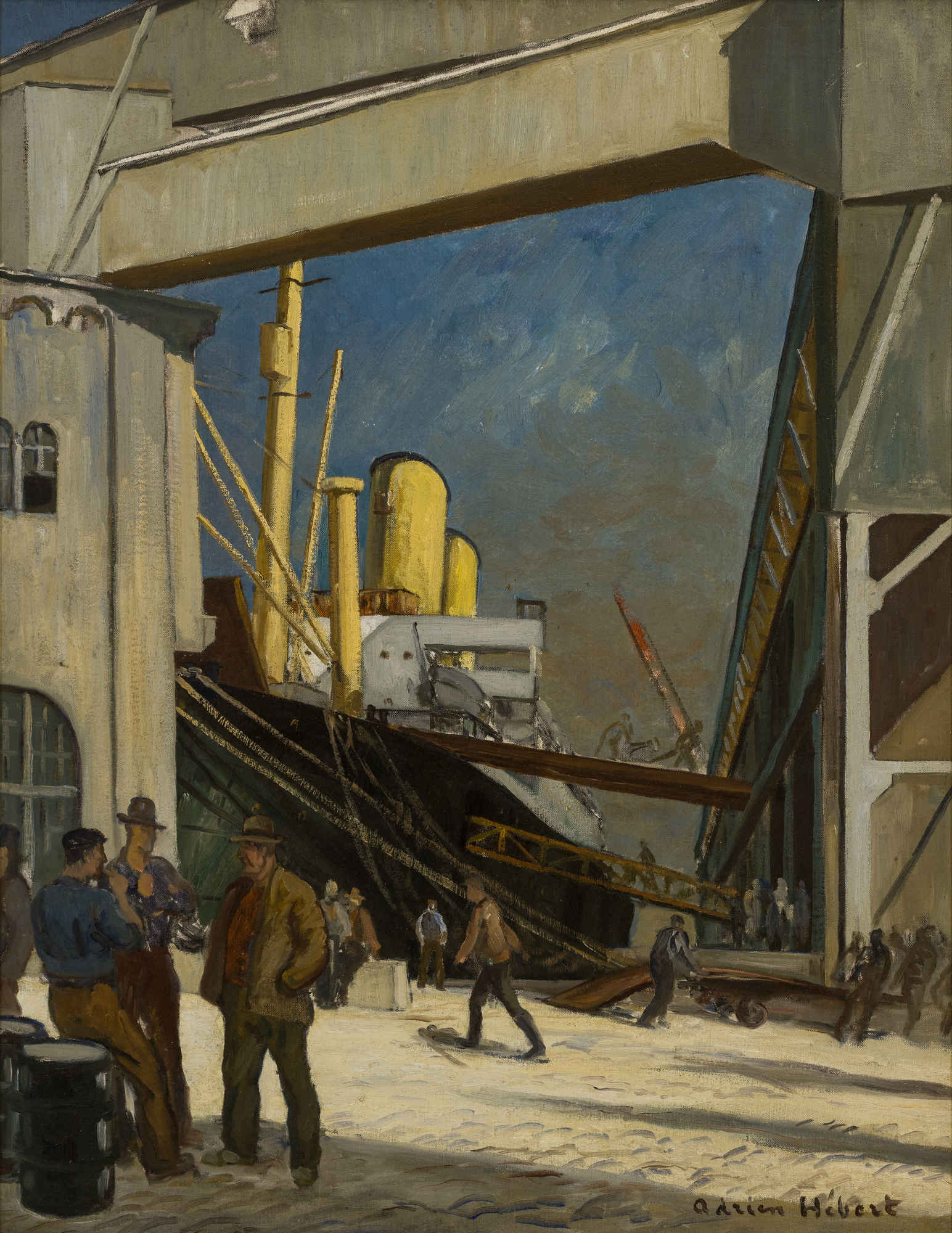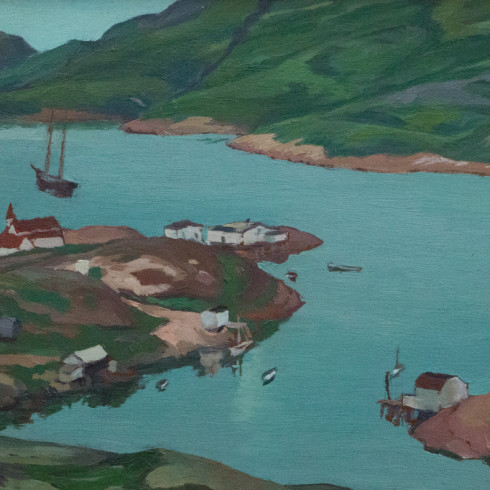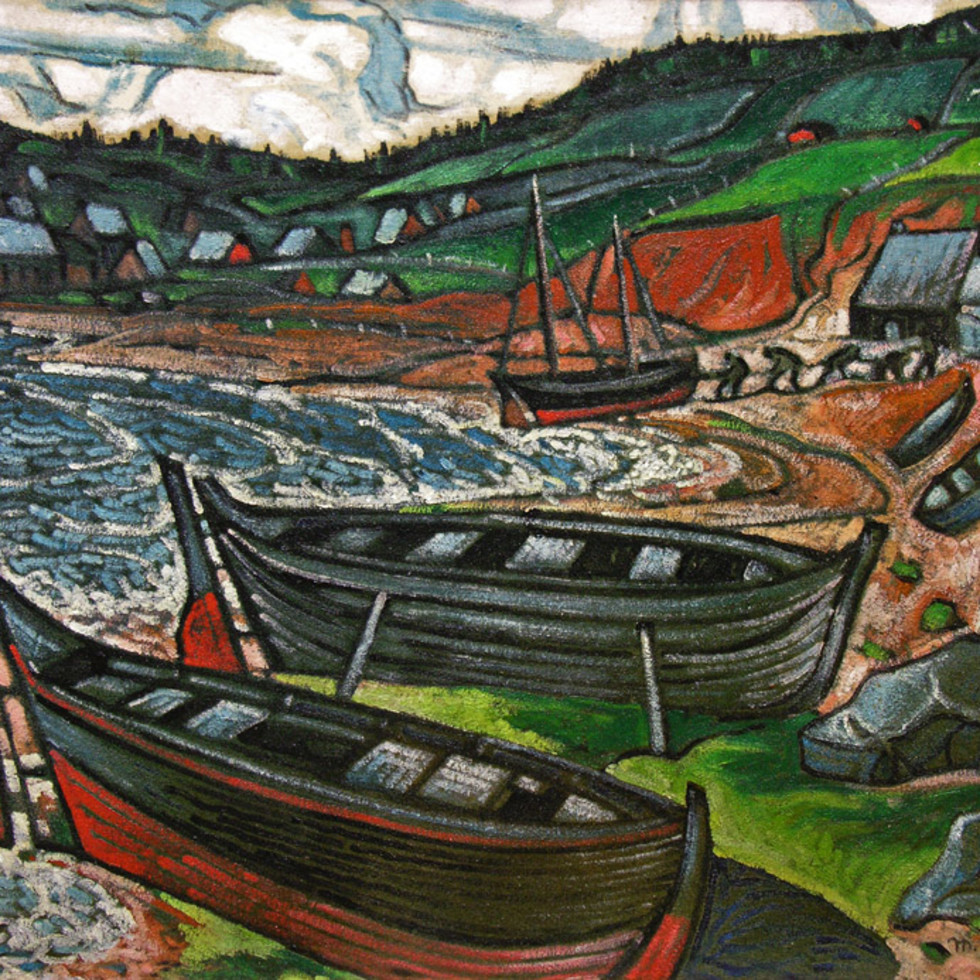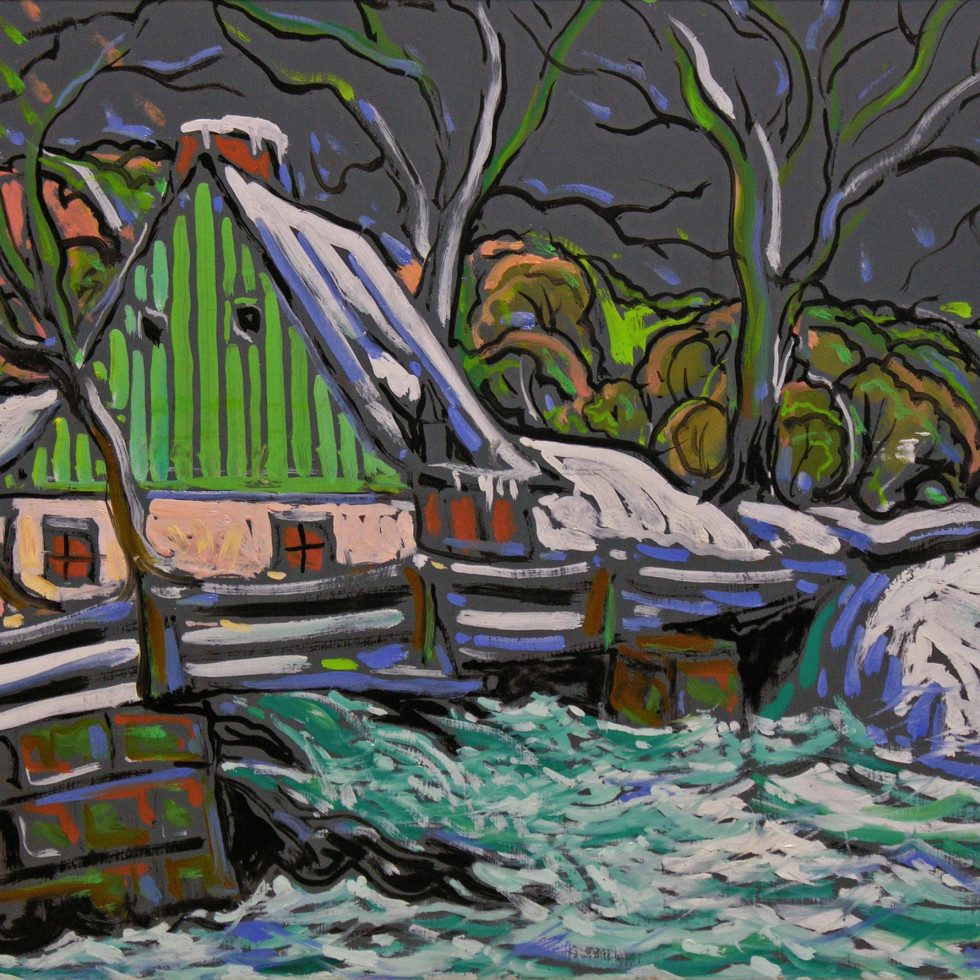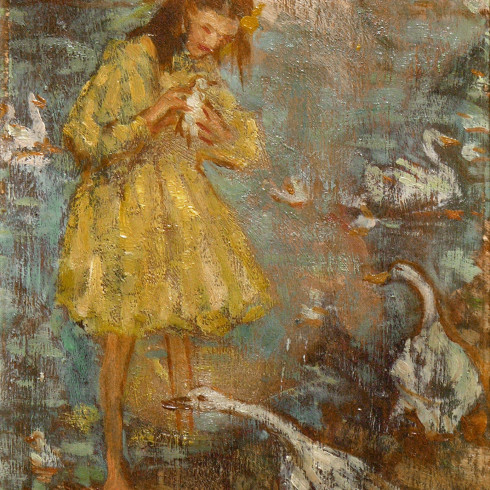Art canadien classique
Port of Montreal, SS Duchess of Richmond, 1930 (circa)
76.2 x 61 cm
Inscriptions
signed, ‘Adrien Hébert’ (lower right)Provenance
Galerie Walter Klinkhoff, Montreal
Private collection, Town on Mount Royal, QuebecHeffel Fine Art Auction House, Fine Canadian Art, 24 November 2011, lot 173
Private collection, Montreal
Expositions
Montreal, Galerie Walter Klinkhoff, Hommage à Adrien Hébert, September 1984.
Documentation
Jean-René Ostiguy, Adrien Hébert: Premier interprète de la modernité québécoise (Saint-Laurent, QC: Éditions du Trécarré, 1986), 99 [reproduced].
In the exhibition catalogue for the celebrated Montreal Museum of Fine Arts travelling exhibition, 1920s Modernism in Montreal: The Beaver Hall Group, scholar Esther Trépanier begins her text: "In view of painter Adrien Hébert's persistent preoccupation with urban modernization, which set him apart from other Quebec artists of the 1920s, his case merits individual attention. Of all the artists who exhibited with the Beaver Hall Group, Adrien Hébert stands out for his interest in picturing the commercial and industrial development of a contemporary city." [1]
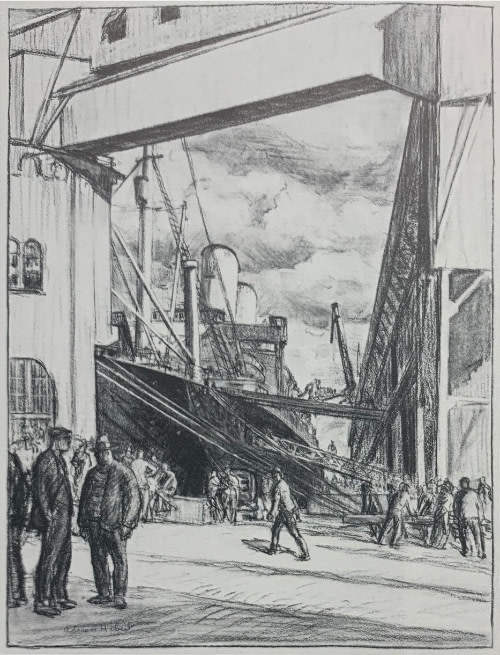
Fig. 1: SS Duchess of Richmond, graphite, National Gallery of Canada Cat. no.16906

Fig. 2: Adrien Hébert, Étude de navire, 1925-1930, charcoal on Ingres paper. Cat/Acc no.1990.655
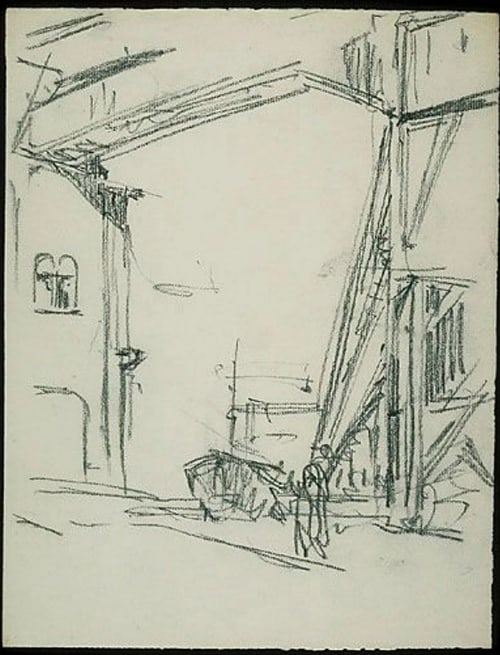
Fig 3: Adrien Hébert, Le Port de Montréal, 1925-1930, charcoal on Ingres paper. Cat/Acc no.1990.624
We know the name of the ship because of a related drawing by Hébert in the National Gallery of Canada, exhibited several times during the artist's lifetime and titled SS Duchess of Richmond(fig. 1) or otherwise simply Duchess of Richmond. There are also two more vaguely-titled studies in the Musée national des beaux-arts du Québec. (fig. 2, fig. 3).
The Duchess of Richmond (fig. 4) was one of four Duchess Class ships built between 1927 and 1929 in Clyde, Scotland for Canadian Pacific Steamships. These ships were designed for transatlantic travel to Montreal, with a lower profile to facilitate passing under Quebec's bridges. The Duchess of Richmond was launched in 1929 and made her first voyage to Montreal that May as part of CP's summer service to/from Liverpool. CP's ships docked at Montreal's King Edward Pier, the location of Hébert's composition.
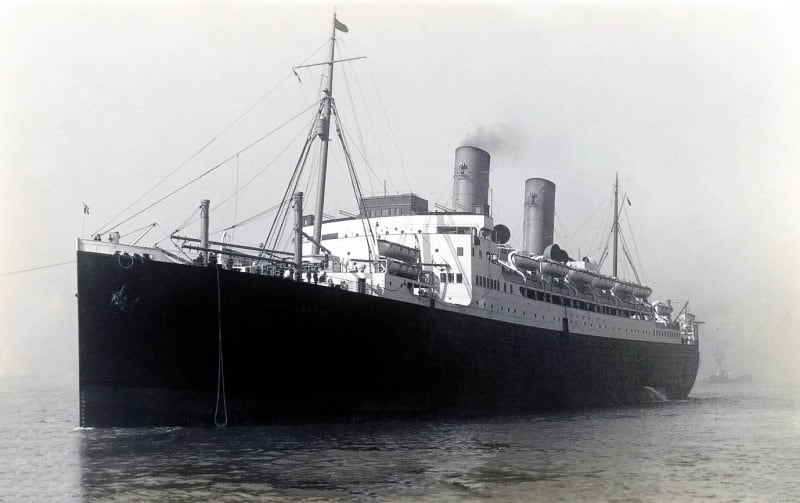
Fig 4: SS Duchess of Richmond
Hébert was known to contrast the scale of structures and institutions with that of ordinary people. In Port of Montreal, SS Duchess of Richmond, the low angle, and buildings cut off by the top of the canvas accentuate this effect.
Hébert had studied in Europe between 1916-1920. The Bauhaus school (1919) represented the increasing interest that artists had taken in the pictorial merits of the industrial landscape, and of the value of art in interpreting the modern world. Hébert's paintings of the Port reflect this ethos. In Port of Montreal, SS Duchess of Richmond, the framing of the scene by the massive port buildings presents a conspicuous conceptual parallel.
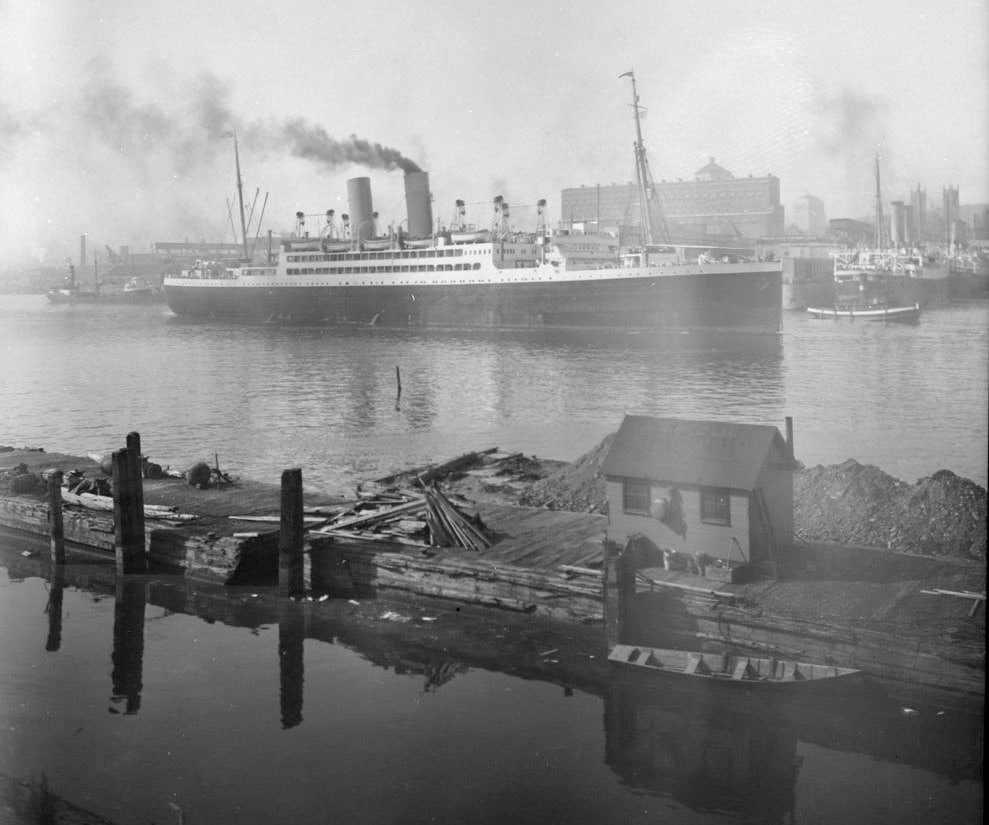
Fig 5: Montreal was a major North American hub for industry and immigration from Europe. In this photo from 1922-1939, three Canadian Pacific steamers are seen at the Port of Montreal. The Canadian Pacific SS Montrose is viewed from the starboard side. Hébert himself sailed on the Montrose on one of his trips to France. Library and Archives Canada.
The Duchess of Richmond continued to serve Montreal until 1939, when she was requisitioned by the British Government for military service in WWII. After the war she was refitted for transatlantic passenger travel, and on July 1st, 1947, she was renamed the RMS Empress of Canada.
On January 25th, 1953 the Empress of Canada caught fire (fig. 8) and capsized in Liverpool Harbour (fig. 9). The next year she was scrapped.
Adrien Hébert's paintings of the Port of Montreal are significant for their interpretations of Canada's urban and industrial growth during a period when the Port was a central hub. The SS Duchess of Richmond was a testament to this period of national development.
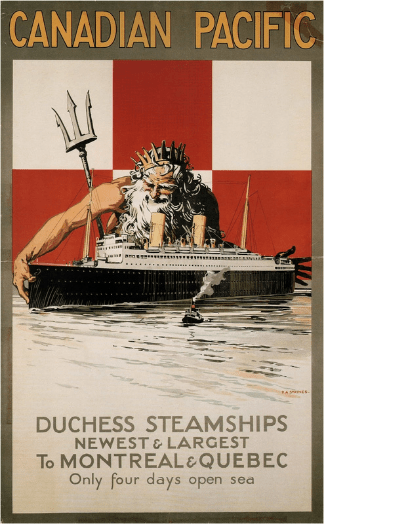
Fig 6: Canadian Pacific promotional poster from circa late-1920s. Designed by Percy Angelo Staynes (1875-1953)
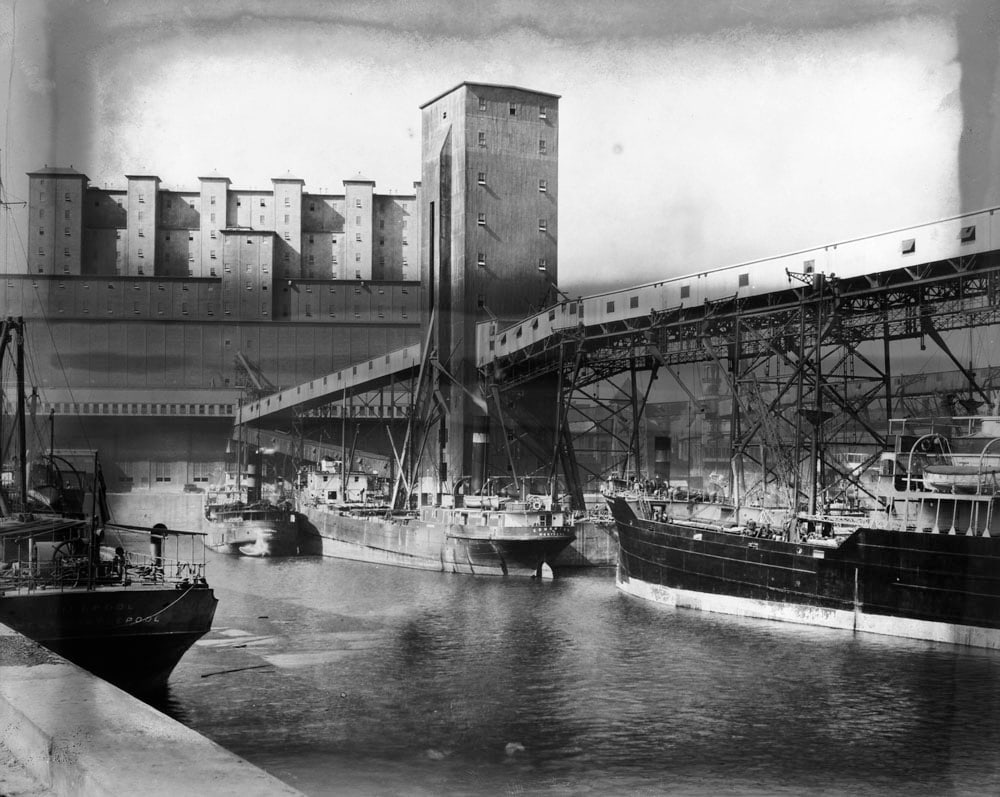
Fig 7: The Port of Montreal, circa 1920. Library and Archives Canada

Fig 8: The Empress of Canada on fire in Liverpool, January 1953. Unknown Photographer.

Fig 9: The Empress of Canada capsized in Liverpool, 1953. Unknown Photographer.



